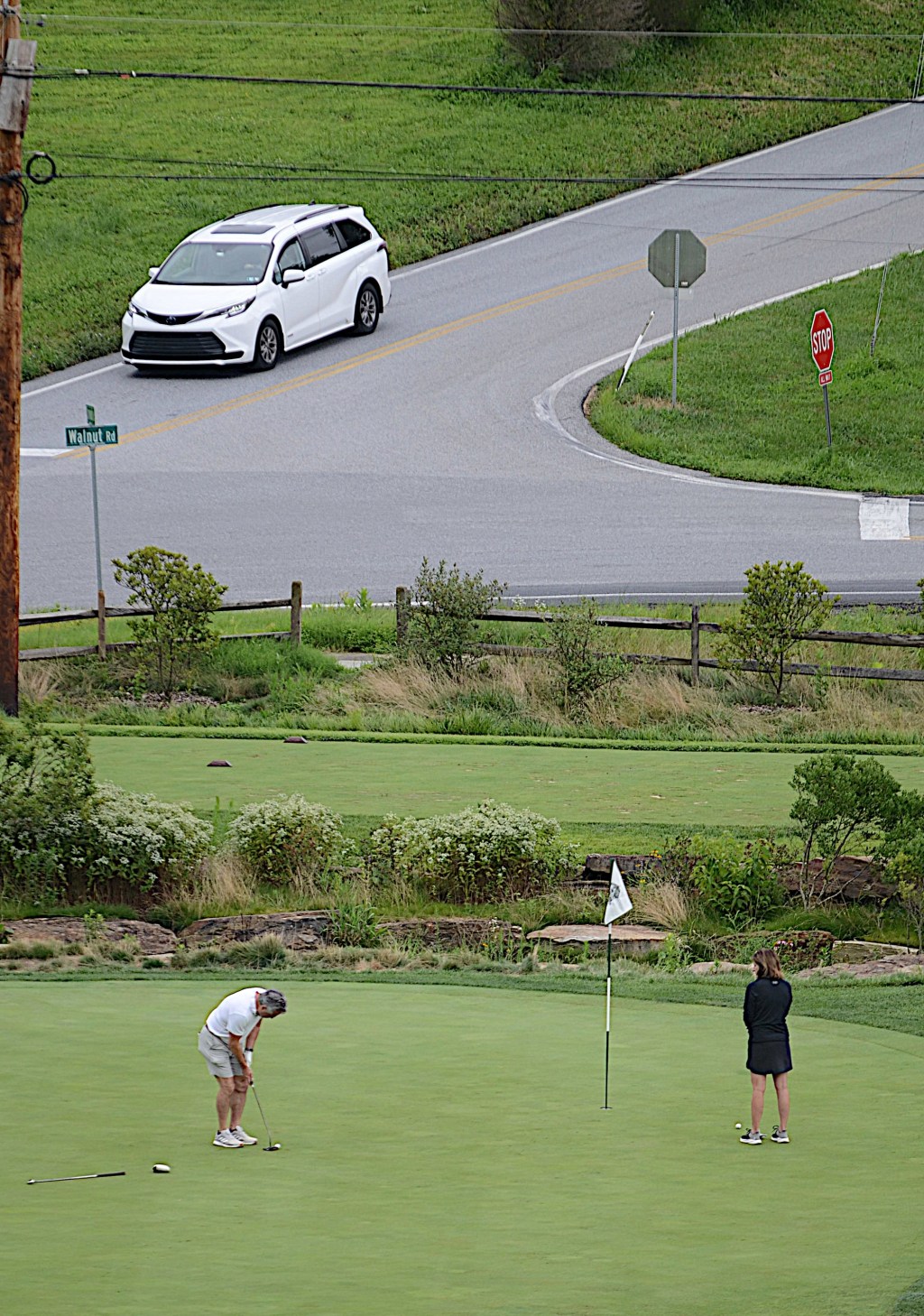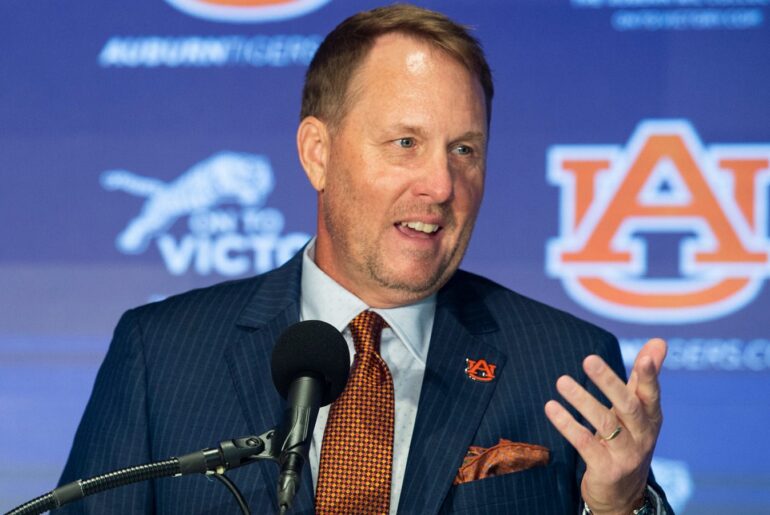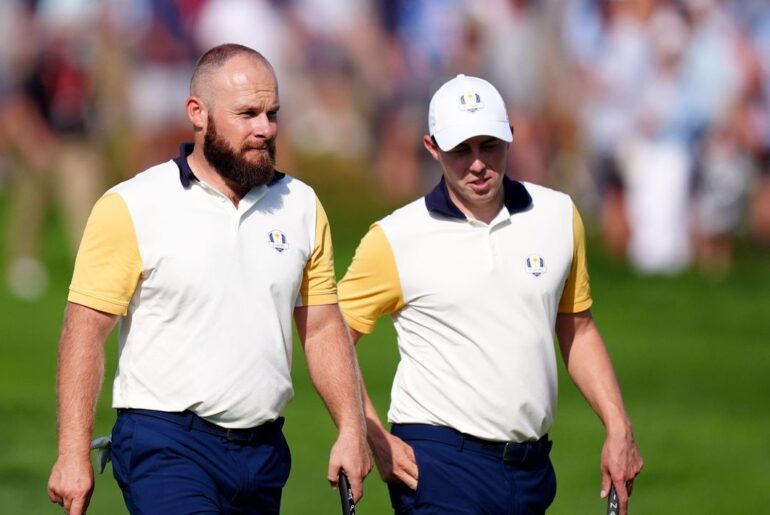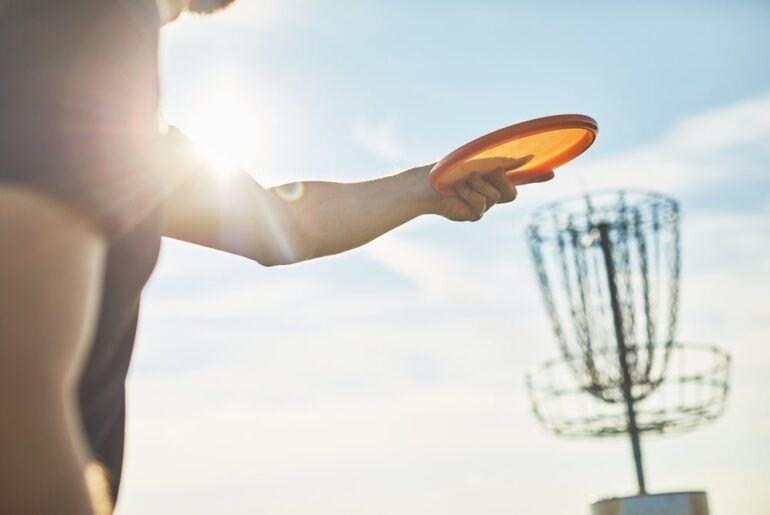KENNETT SQUARE – Kim Braly’s lifetime love affair with the game of golf, and his subsequent ascendancy as a renowned industry leader in designing and testing steel golf shafts, began in the late 1960s at Kennett Square Golf & Country Club.
The second son to golf equipment icon Joseph ‘Doc’ Braly, Kim is approaching his 70th birthday and is still as active as ever, continuing to build on the legacy that he helped his father establish as a true pioneer in the field.
“We are all so proud of my dad’s legacy, and Kim has really taken his legacy and expanded it,” said Kim’s sister, Michelle.
For most of the last three decades, he’s been the Director of Research and Development and Tour Operations for KBS, which stands for Kim Braly Signature, a line of golf shafts he launched in 2008. He lives in Arizona at TPC Scottsdale along with his wife, Naana.
“I spent every minute of every day during the summertime at the (Kennett Square Golf & Country) Club as a kid,” Kim said. “It was wonderful.
“That’s where I developed a love for the game. That’s where it all started.”
Braly grew up adjacent to the 13th hole at Kennett Square, and by the time Kim was a teenager, his father – veterinarian, aeronautical engineer, and former fighter pilot – was getting more and more involved in the design, testing and production of cutting edge golf equipment. One of his father’s first designs was the Console, an innovative oversized sand wedge with game-changing perimeter weighting.
Soon, the groundbreaking Console irons were introduced, becoming the first to feature a titanium, cavity-back club head with tungsten weighting to expand the sweet spot. The factory was located on Route 202 near Concordville.
“My siblings and I all built golf clubs. I started working for my dad before I had a driver’s license.” Kim recalled.
Braly was 13 when he first played golf. It was a 9-Hole Father-Son Tournament at Kennett Square with his dad.
“I shot a 55, and we won,” he said. “I remember it all very vividly. I remember almost every shot.
“I didn’t even know how to grip the club. How honest was that 55? Well, I can recall my dad kicking the ball out from under a tree one time.”
A few days later, he had his own set of clubs.
“My dad gave me his set,” he recalled. “He was always a scratch player but he had a back problem and was at the end of his golf career.”
About a year later as a freshman at Unionville High School, Braly became a key competitor for the newly formed golf team. The program’s first head coach was a teacher, Burt Bertrando, who was also a member at KSG&CC.
“Everybody on the team was a member of the club, and we had a good team,” he added.
Following graduation in 1973, Braly fired a career-best 58 at a U.S. Publinks Qualifier that summer to win by 10 strokes. But he was later disqualified because his parents were members of a country club.
“As a kid I thought I was going to become a (PGA) Tour pro,” Braly said. “But those guys are good. I went out to the IVB-Philadelphia Golf Classic and I saw how hard those guys worked at it. For me, there was no grinding – we just had fun. But I was lucky enough to be exposed to the best players through my dad.”
After receiving full athletic scholarship offers from a bunch of colleges, Braly chose powerhouse Wake Forest. But a phone call from Demon Deacons’ head coach Jesse Haddock changed everything.
“He told me that freshmen don’t start at Wake Forest,” Braly said.
“At that point I thought I was better than I actually was. So I got (ticked) off and decided to take the rest of the summer off from golf and do some travelling.”
What began as a couple month sojourn turned into a five-year odyssey. Braly travelled across Europe, went as far east as Kashmir and eventually wound up in South America.
“It was probably the best experience of my life,” he said. “I had $500 bucks and a roundtrip ticket out of Amsterdam.
“When you were traveling the way we did – staying in hostels – you didn’t need much money back then.”
It was also, however, the end of Braly’s career of playing competitive golf.
“From ages 13-17 I played every day when the weather would allow,” he added. “Then I didn’t play again until I was 25.”
During a trip home from his travels, Braly and his father were given access to Wilson Staff’s swing machine nicknamed ‘Iron Byron’ in Florida. The Braly’s built a pair of seemingly identical clubs to test, but were shocked with the results.
“We saw entirely different results even though they were identical,” Braly said. “The guy that was operating the machine –who probably knew more about golf shafts than anybody in the world — said: ‘it’s not the club, I think it’s the shaft.’
“We had all of our stuff in a big station wagon, and on the way home we talked it over and determined it was the shaft.”
In 1977 ‘Doc’ Braly invented Frequency Matching, a new way to measure the stiffness of a golf club shaft. Not long after that, while living in South America, Braly got a call from his father.
“He said, ‘It’s time for you to stop contemplating your navel and come home and go to work,’” Braly recalled. “And that’s what I did.
“My dad was having some problems communicating with people so he asked me to come home and help.”
His first order of business was to develop a method to implement Frequency Matching, which his father had yet to figure out. But this was very new technology.
“We did a lot of testing out at Kennett,” he said. “Back then there wasn’t a lot of technology in golf clubs.”
In pre-internet days, the first step to a research project was to head to a library, so Kim went to the University of Pennsylvania. But it quickly took a turn.
“I tried to study golf shafts,” he said. “But there was nothing there on steel golf shafts. I did see some stuff on hickory golf shafts.
“I ended up studying flag poles and ship masts – stuff like that. But that’s where the industry was back then in terms of technology.”
Ultimately, Frequency Matching took off and led to the formation of Precision, a shaft company located on Schoolhouse Road in East Marlborough. Pretty soon many of the game’s biggest stars – Jack Nicklaus, Arnold Palmer, Raymond Floyd – were using the Braly’s iron shafts.
“It was such an exciting time for me, I used to dream about it,” Braly said.
“People ask me who I’ve had a good relationship with. Heck, it would be a lot easier to say who I didn’t have a good relationship with.”
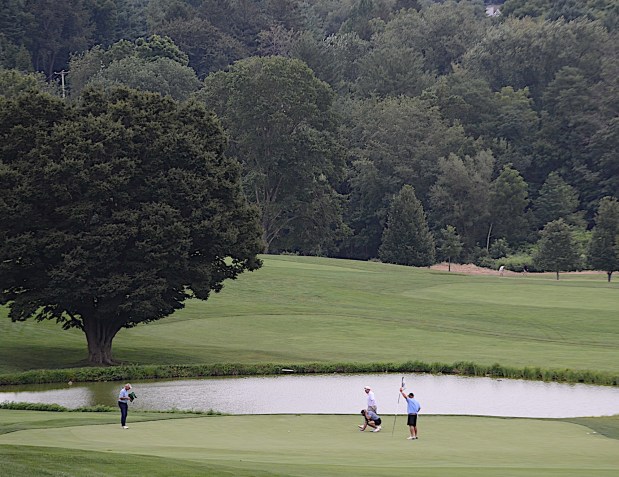 The Kennett Square Golf & Country Club. (PETE BANNAN-DAILY LOCAL NEWS)
The Kennett Square Golf & Country Club. (PETE BANNAN-DAILY LOCAL NEWS)
By the start of the 1980s, in an effort to continue promoting and advancing their state of the art shafts for the best players in the world, Braly and his dad decided to start travelling along with the PGA Tour, thus becoming the first tour van.
Touring pro Deane Beman – later to become the Commissioner of the PGA Tour – had a relationship with the Bralys dating back to the Console era, and he was able to secure credentials for the two.
“Deane was very into everything we were into, and he felt we were doing a service,” Braly pointed out. “And when we first went out on tour, the pros were lined up. And I’m talking the great ones: Nicklaus, Palmer.
“We were the only trailer out for the first three years. Then True Temper and a few others started in the mid-90s. Now there is a whole caravan — maybe 200 people now employed — that follow the tour around.
“Of all the shaft companies, we were the first, and the only reason we were given that opportunity was the relationship with Deane.”
Precision was eventually sold to Brunswick in 1994 and Kim stayed on and moved to Arizona. His father began consulting and was later hired by Beman as the PGA Tour’s Director of Research.
“After that my dad’s work became almost 100 percent focused on club heads. My bread was buttered with the shafts,” Kim said.
“My dad was a great mentor. We were very much alike in that we think the same way. I look like my mom, but my dad and I used to finish each other’s sentences.”
‘Doc’ Braly passed away in 2015. Braly’s KBS line continues to grow and thrive, and a few years ago the company’s first graphite shafts were debuted. And after more than a half century in the business, he has very few regrets.
“If I was to ask for autographs, I would have been in trouble with my dad,” he laughed. “I learned that from a young age. There are a bunch of photos, like me and Phil (Mickelson) on the 18th hole right here (TPC Scottsdale). But I didn’t take them or have them.
“If I had to go back and do it all over again, I would be a lot less worried about what people thought, and would have taken more advantage of the access I had. All of the other equipment reps have all kinds of stuff. I would have an incredible collection if I had done that.”
Originally Published: August 1, 2025 at 3:56 PM EDT

